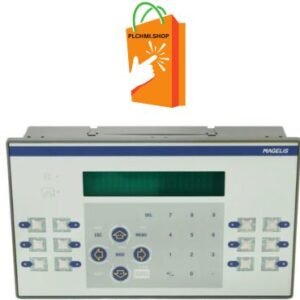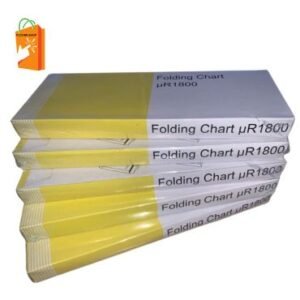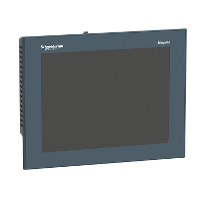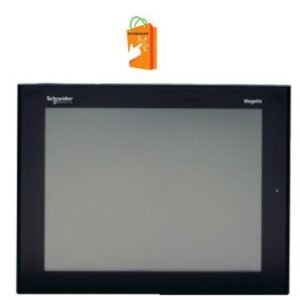140CPU11303 Concept stand alone
Original price was: $1,883.00.$1,449.00Current price is: $1,449.00.
Concept Processor 80186 Modicon Quantum – 1 Modbus plus, 2 Modbus RS232
1 in stock
Free shipping on orders over $5000!
- Satisfaction Guaranteed
- No Hassle Refunds
- Secure Payments
Description
Concept Processor 80186 Modicon Quantum: 1 Modbus plus, 2 Modbus RS232
| range of product |
Modicon Quantum automation platform
|
|
|---|---|---|
| product or component type |
Processor
|
|
| software name |
Concept
ProWORX 32 |
|
| processor name |
80186
|
|
| mathematical coprocessor |
Without
|
| clock frequency |
20 MHz
|
|
|---|---|---|
| memory description |
Internal RAM 368 kB
|
|
| exact time for 1 Kinstruction |
0.3…1.4 ms LL984
|
|
| watchdog timer |
250 ms
|
|
| clock drift |
+/-8 s/day at 32…140 °F (0…60 °C)
|
|
| I/O words |
30 I/32 O distributed
64 I/64 O max local 64 I/64 O remote |
|
| I/O words/network |
500 I/500 O distributed
|
|
| drops/network |
63 distributed
|
|
| number of drops |
31 remote
|
|
| number of network |
2 remote
3 distributed |
|
| battery type |
Lithium 7 µA 210 µA
|
|
| battery capacity |
1.2 Ah
|
|
| battery life |
10 yr
|
|
| number of port |
1 Modbus RS232
1 Modbus Plus |
|
| communication module processor capacity |
2 NOM, NOE, CR, NMS
|
|
| switch function |
Without key switch
|
|
| marking |
CE
|
|
| bus current requirement |
790 mA
|
|
| module format |
Standard
|
|
| product weight |
0.66 lb(US) (0.3 kg)
|
| product certifications |
CUL
FM Class 1 Division 2 |
|
|---|---|---|
| standards |
UL 508
CSA C22.2 No 142 |
|
| resistance to electrostatic discharge |
4 kV contact conforming to IEC 801-2
8 kV on air conforming to IEC 801-2 |
|
| resistance to electromagnetic fields |
9.14 V/yd (10 V/m) 80…2000 MHz conforming to IEC 801-3
|
|
| ambient air temperature for operation |
32…140 °F (0…60 °C)
|
|
| ambient air temperature for storage |
-40…185 °F (-40…85 °C)
|
|
| relative humidity |
95 % without condensation
|
|
| operating altitude |
<= 16404.2 ft (5000 m)
|
| Category |
18150 – QUANTUM CONTROLLERS,HSBY,COMM.
|
|
|---|---|---|
| Discount Schedule |
PC21
|
|
| GTIN |
00785901792512
|
|
| Nbr. of units in pkg. |
1
|
|
| Package weight(Lbs) |
1.1400000000000001
|
|
| Returnability |
N
|
|
| Country of origin |
FR
|




